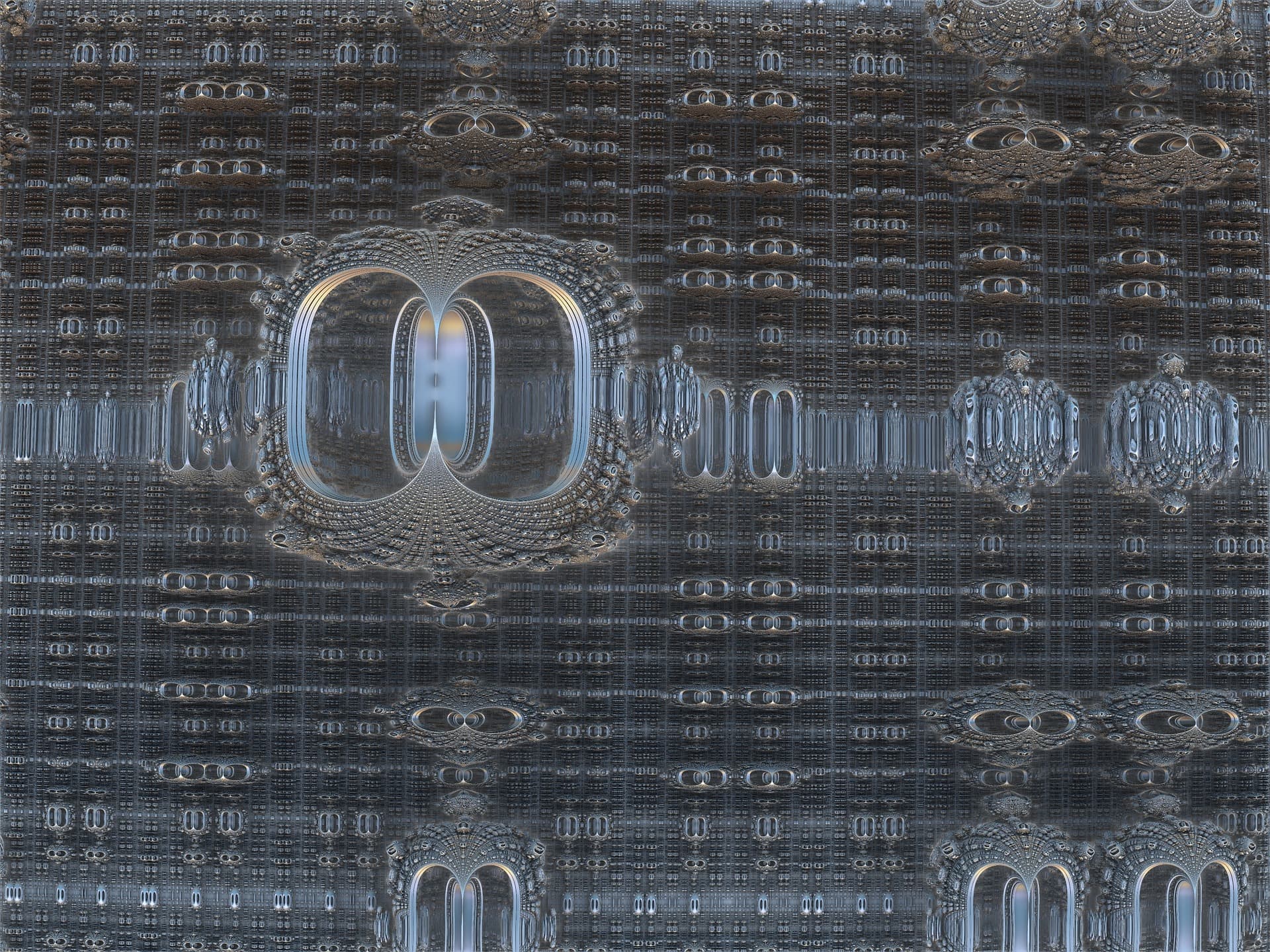For the first time ever, a quantum computer has been used to solve a real chemical problem. A team of scientists from the University of Basel have successfully used a quantum computer to simulate a molecular process in an unprecedented level of accuracy, providing valuable insights into the underlying physical dynamics and ultimately leading to new possibilities in chemical research. This breakthrough is being hailed as a major step forward for quantum computing , as it demonstrates the potential for quantum computers to be used for real-world applications.
The team used a five-qubit processor – the smallest commercially available quantum computer built by IBM – to simulate an organometallic reaction known as the “hydrogen tunneling effect”. This effect is responsible for certain chemical reactions occurring at low temperatures, and is typically difficult to model in conventional computers.
Using their quantum computer, the scientists were able to accurately simulate the reaction at an unprecedented level of detail, revealing valuable insights into the underlying physics of the reaction and paving the way for new possibilities in chemical research. The team believes that their work could have implications for understanding and controlling chemistry on a much larger scale in the future.
The study is a major milestone for quantum computing and its potential to be used for real-world applications, as it is the first time that a quantum computer has been used to accurately simulate a chemical process. In the future, this could lead to more efficient ways of discovering new materials or medicines, helping scientists to work faster and smarter.
They have the potential to solve problems involving complex movements of electrons and atomic nuclei. Martin Rahm, an Associate Professor of Theoretical Chemistry at the Faculty of Chemistry and Chemical Engineering, states that by fully utilizing their potential, we can expand the limits of what can be calculated and comprehended. While there have been advancements in quantum computing, the vulnerability of qubits to environmental disruptions remains a significant cause of computational errors. Ram and his colleagues created a method to address errors caused by noise.
A significant challenge facing practical quantum computing in chemistry is the susceptibility of quantum devices to noise. According to the researchers, noise errors may be the result of multiple factors including spontaneous emission, control and measurement imperfections, and unwanted environmental coupling. Various methods have been created to minimize errors in measurements and enhance their precision. The team has developed a method named Reference State Error Mitigation (REM) that can be used in a variety of noise levels. It is cost-effective and can be used alongside other mitigation techniques. The process is founded on a “reference state,” which provides a more straightforward depiction of a molecule compared to the complex issue addressed by a quantum computer. The reference state is achieved by solving a problem on both a quantum and a conventional computer. The second option has the ability to efficiently resolve a more basic form of the issue. Researchers can use the comparison of results on two computers to determine the level of error caused by noise in quantum computer calculations. The solution to the original problem is corrected by using the difference between the results when run on a quantum processor. Ram and his team utilized the Särimner quantum computer at Chalmers, which has a quantum processor with five qubits, to perform calculations using the new method. The ground state energy of dihydrogen and helium hydride was accurately calculated using the read error mitigation method, resulting in a two orders of magnitude improvement in accuracy.
According to a statement from the university, while conventional computers can perform equivalent calculations at a faster rate, the recently developed REM method signifies a notable advancement in quantum chemistry calculation on a quantum computer in Sweden. The researchers concluded that the REM method enhances computational accuracy for determining the total energies of molecules with current quantum hardware.
It has been noted that the noise problem cannot be fully resolved by any noise reduction method, including the REM method. One benefit of this method is its compatibility with other error suppression techniques without incurring extra expenses, as it doesn’t impose significant burden on either classical or quantum computing. The study was conducted in cooperation with colleagues from the Department of Microengineering and Nanoscience, who constructed the quantum computers utilized in the study and assisted in performing the precise measurements necessary for the calculations. Jonas Bailander, Associate Professor of Quantum Technologies at the Faculty of Microengineering and Nanoscience, stated that the collaboration with Martin Ram’s group is particularly valuable given that chemical computing is one of the first areas where quantum computers are expected to be useful.
